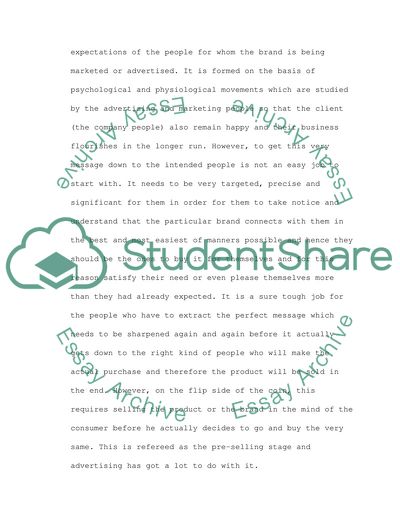Cite this document
(“Stereotypes in the media Essay Example | Topics and Well Written Essays - 2500 words”, n.d.)
Retrieved from https://studentshare.org/miscellaneous/1537643-stereotypes-in-the-media
Retrieved from https://studentshare.org/miscellaneous/1537643-stereotypes-in-the-media
(Stereotypes in the Media Essay Example | Topics and Well Written Essays - 2500 Words)
https://studentshare.org/miscellaneous/1537643-stereotypes-in-the-media.
https://studentshare.org/miscellaneous/1537643-stereotypes-in-the-media.
“Stereotypes in the Media Essay Example | Topics and Well Written Essays - 2500 Words”, n.d. https://studentshare.org/miscellaneous/1537643-stereotypes-in-the-media.


